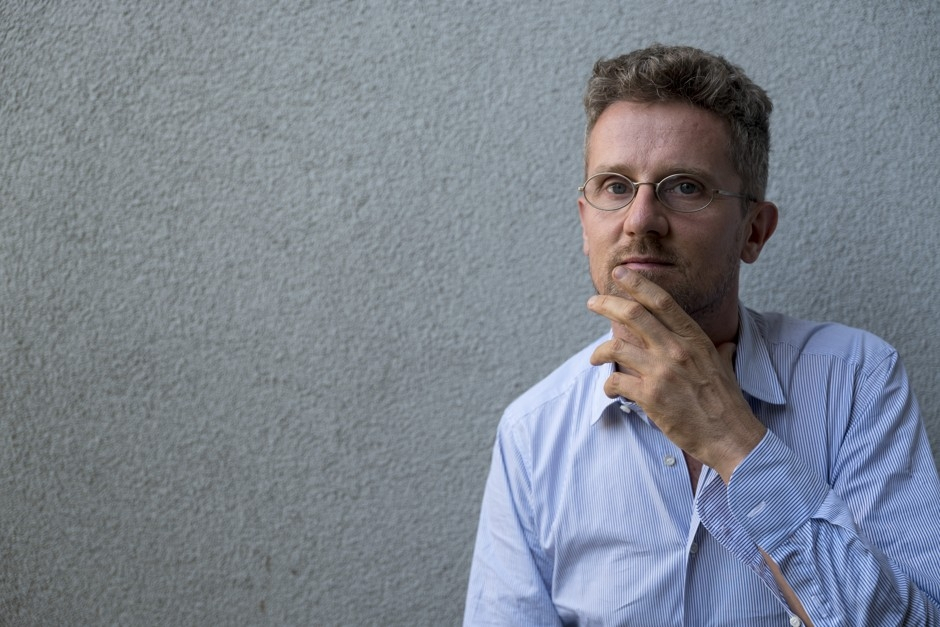Architect, engineer, and inventor Carlo Ratti envisions a future for urban design that's interactive.
... “The digital and physical worlds are converging,” Ratti told [the author]. “What interests me is, how do we use all of this potential to create new kinds of dynamics?” It’s people-watching, plus. ...
Through his research, innovation, and writing, Ratti evangelizes the concept of a “real-time city,” where physical and social networks are in constant interplay, knitted together by a layer of digital sensors. In Ratti’s future metropolis, streets, buildings, and objects sense and respond to the movements of the smartphone-equipped masses using powerful algorithms. But while other “smart city” acolytes preach the social-engineering capabilities of such technologies, Ratti’s is a more playful approach: Make tweaks, and let them ripple.
....
Ratti likes to talk about civic engagement implications of his work, but he becomes a little less convincing when he does. Writing about the book Open Source Architecture, Flora Samuel, a professor of architecture at the University of Sheffield, took issue with Ratti and his co-author Matthew Claudel’s lack of detail about how the world might, for example, scale up the concept of a WikiHouse”—i.e., blueprints for a reproducible structure that anyone can “edit” and build—so that it’s accessible to all tiers of society. “How this is to be achieved without a private income I do not know,” she wrote.
Yet Ratti insists that the gaps are closing, not widening, for people trying to access these digital interfaces. He told me how, when he first came to MIT in the early 2000s, some of the older professors were ruffled by his use of cell-phone data to study urban activity. “Some of them said, ‘not everyone has a cell-phone, so why don’t you do something that tries to close that divide instead?’” he recalled. Soon, there will be more cellphones than humans on the planet.
It’s the long-term impacts that count, Ratti told me. “I like to see our work as something that contributes to the production of mutations, accelerating the transformation of the present into how it ‘ought to be’,” he told me later via email. “You could say that designers are like the mutagens,” he said, using the term for the agents that cause mutations in DNA, evolving life over time. There is no one finite outcome.
If he had to do it all over again, Ratti told me he’d go into biology, to study how the convergence of technology will shape human life at the cellular level. As it is, he views cities as akin to living, breathing, circulating organisms—even and especially as computers are integrated into them. He harkened back to Mesopotamia, some 8,000 years ago, where archaeologists peg the first emergence of urban life. “Even then, cities emerged to bring us together, to allow us to exchange goods, ideas, and chromosomes,” he said. That’s the magic of the city. To Ratti the optimist, the machines of the digital era—big data, remote sensing, artificial intelligence—are beginning to unlock its codes.
